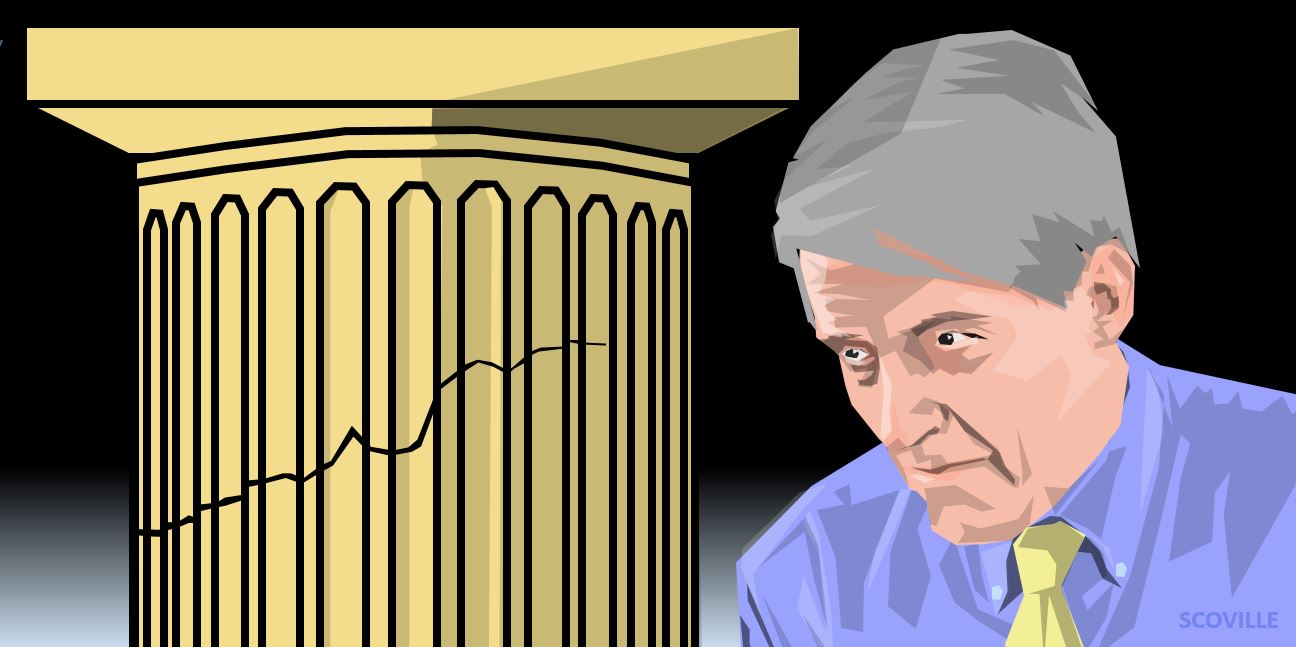Over the course of his lifetime, the self-proclaimed fortune teller Nostradamus published more than six thousand different predictions. With the benefit of hindsight, it is easy to see that there was little substance or predictive value in all of those prophecies. In fact, in his day, even the astrologers dismissed Nostradamus as an incompetent.
But what if the person making a prediction is the opposite of Nostradamus? What if he is a serious individual, someone who is universally respected and whose forecasts have a demonstrated track record of success? Consider Robert Shiller, a Yale professor and a Nobel Prize winner, who has a reputation for making several prescient calls. With his book Irrational Exuberance, he predicted the 2000 stock market crash. And later, he also foresaw the late-2000s housing market blowup. With that kind of track record, it seems worth paying attention to Shiller.
So what is he saying about today’s stock market? Pointing to a measure he calls the Cyclically Adjusted P/E Ratio (CAPE), Shiller makes two observations:
First, the market is more expensive today than it has been at any other time since 1871 — with one exception. That one exception? December 1999, just before the dot-com crash took the market down by 50 percent.
Second, among major world markets, the U.S. stands alone. In April, Shiller proclaimed the U.S. “the most expensive market in the world.” And, since then it has only gone up more.
If Shiller were the only one making these kinds of statements, they might be easier to explain away. But unfortunately, Shiller is not alone. There is also Joel Greenblatt, an investor whose track record puts him nearly in a league of his own. When he ran a hedge fund, Greenblatt delivered returns of 50 percent per year in his first ten years. To put that in perspective, he took each dollar invested and turned it into thirty-eight dollars, an astonishing accomplishment.
What is Greenblatt saying about the market today? In short, he sees what Shiller sees: The market is expensive. In fact, looking back over the past three decades, he believes it has rarely been more expensive.
With these kinds of observations, how should you, as an investor, respond? These are the steps I recommend:
First, be careful not to misinterpret these observations. Both Shiller and Greenblatt are quick to point out that these are observations, not predictions. Neither sees himself as a Nostradamus. While he is confident that the market will correct at some point, Shiller acknowledges that it is very difficult to know exactly when that day will come. And Greenblatt’s research indicates that the market may actually continue to rise from here, albeit at a slower pace than in the past.
Second, use asset allocation to protect your nest egg. Remember that you incur a loss only when you choose to sell something at a low price. Therefore, it stands to reason that the simplest way to sidestep losses is to avoid being forced to sell any of your investments when the market goes through one of its periodic downturns. How do you accomplish that? By keeping a sufficient number of years of spending money outside the stock market to carry you through a typical downturn.
Third, avoid trying to “time the market” — that is, avoid trying to profit by selling when the market is high and then attempting to buy back in when it is lower. While that sounds appealing in theory, it turns out to be very difficult in practice. This was proven most recently by Aswath Damodaran, an NYU professor and authority on investment valuation. Using Shiller’s CAPE Ratio, Damodaran tested out a variety of market timing strategies. His conclusion was clear: “I couldn’t find a single way you could use CAPE to make money from timing the market.”

